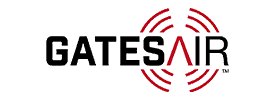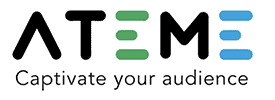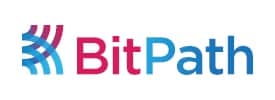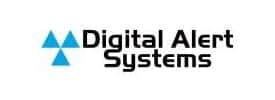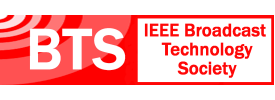- About
- Members
- Sponsors
- Subcommittees
- Technical Documents
- News
- Events
- Spotlight ATSC 3.0
- Contact Us
- Member Login
- Member Meetings
- Advanced Search
Search Site
Member Links
- About
- Members
- Sponsors
- Subcommittees
- Technical Documents
- News
- Events
- Spotlight ATSC 3.0
- Contact Us
- Member Login
- Member Meetings
- Advanced Search
A/82, Automatic Transmitter Power Control (ATPC) Data Return Link (DRL) StandardApproved: 11 February 2008
This document provides the necessary specifications to construct a Data Return Link (DRL) system for automatic transmitter control (ATPC) applications. This document further specifies the mechanisms necessary for basic identification and power control of TV Broadcast Auxiliary Service (BAS) transmitters, in either an automatic or manual mode. The initial, and default, operating mode is known as the “Beacon Mode.” An optional, lower-power operating mode, known as the “Transport Mode,” may be used if the RF environment permits. Both modes include the necessary mechanisms to permit the carriage of specialized private data (e.g., camera control information and operator communications) that is applicable to remote field production.
Download A/82:2008, “Automatic Transmitter Power Control (ATPC) Data Return Link (DRL) Standard”, approved 11 February 2008.
Subscribe to our Newsletter
Subscribe to The Standard, our monthly newsletter, to stay up-to-date with ATSC news and events around the world.
Site Links
Contact Us
ATSC
1300 I Street NW, Suite 400E
Washington, DC 20005 USA
Do you have questions about ATSC?
About ATSC
ATSC, the Broadcast Standards Association, is an international, non-profit organization developing voluntary standards and recommended practices for digital terrestrial broadcasting. Serving as an essential force in the broadcasting industry, ATSC guides the seamless integration of broadcast and telecom standards to drive the industry forward. Currently, the ATSC 3.0 Standard is providing the best possible solution for expanding the potential of the broadcast spectrum beyond its traditional application to meet changing needs. From conventional television to innovative digital data services, ATSC has one clear goal: to empower the broadcasting ecosystem like never before.
© 2025 ATSC
















